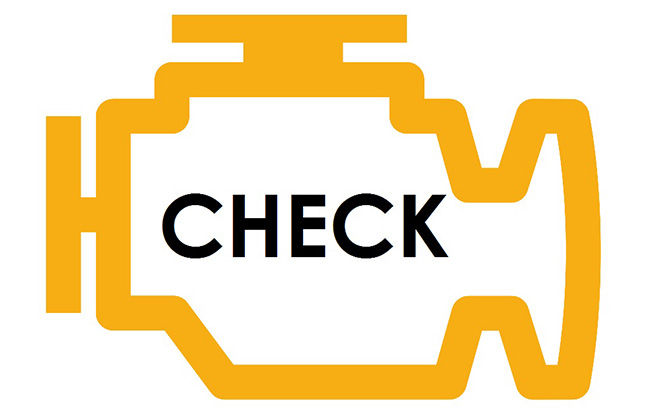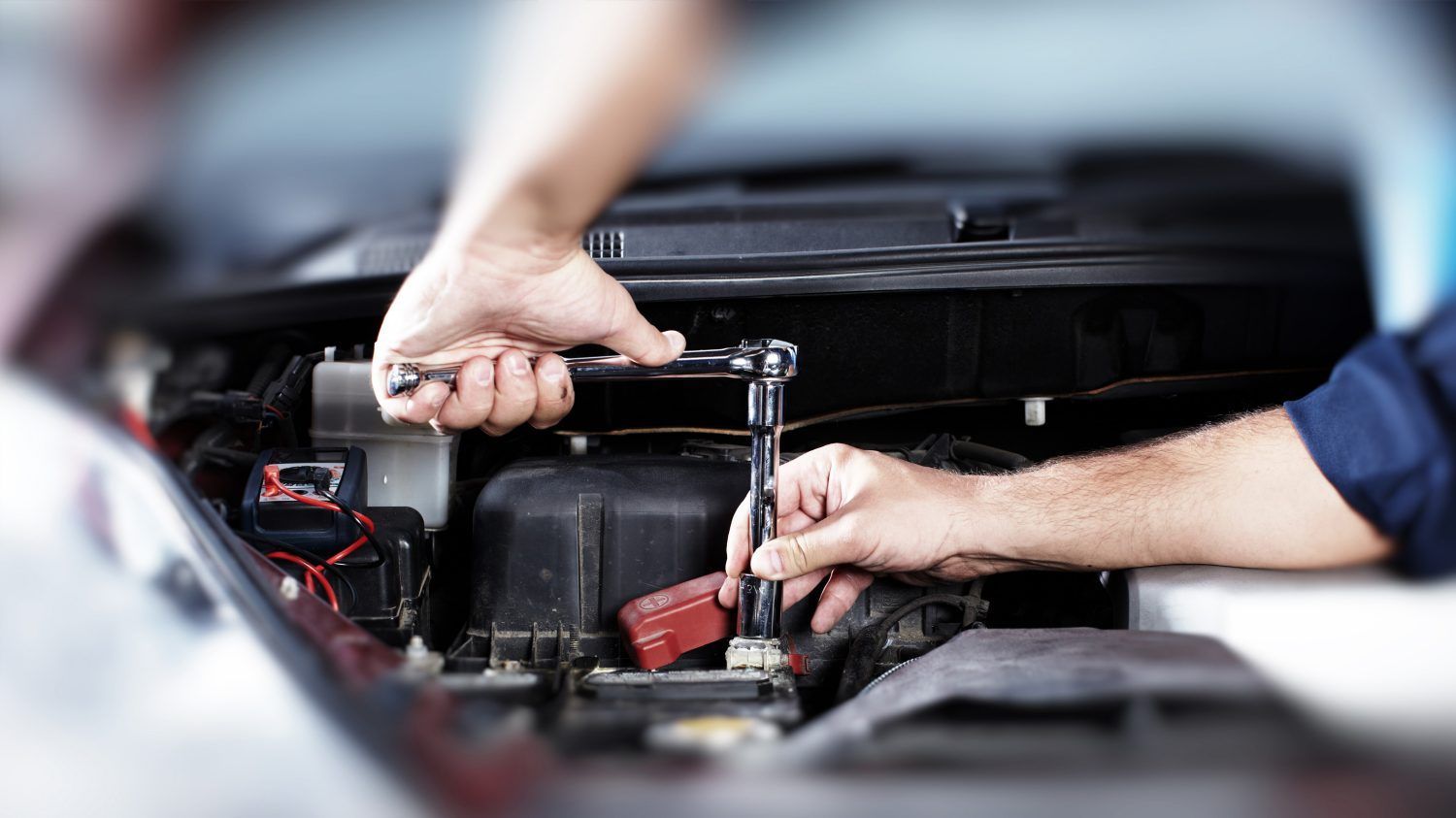How to check fluid levels in your car
Published On Aug 11, 2015 04:16 PM By Bala Subramaniam
- 2.8K Views
- Write a comment

Fluids, different varieties of them, help run your car smooth and clean. A major chunk of your car’s maintenance depends on these fluids, their levels and how often do you change them. But they are pretty easy too to check for yourself. Here are five important fluids you need to check on regular basis.
Engine oil

This is the most important of the fluids and chances are that this is one of the things you learned first. Open the hood and just find the oil dipstick. Pull it out, clean the stick, dip it in all the way and pull it out again to check for the oil level. There will be markings on dipstick to check the oil level and if they are lesser than the recommended levels, it’s time for a top up. If the oil is too old and is beyond its capacity to keep things clean and cool, drain it and put in new engine oil.
Keep in mind to park your car in a flat surface and your car needs to be cooled down for an hour before you can check your engine oil level. Follow your car manufacturer’s recommendation for your oil change intervals.
Transmission oil

The transmission oil is what keeps your gearbox smooth, resulting in hassle-free shifting. The process to check the transmission oil is the same as the engine oil but here, you should keep the engine running and warmed up while checking it. Repeat the dipstick process as the engine oil. The transmission fluid will be in a closed system and should never be low. The transmission oil should be red or reddish and if it looks brown, black or burnt, it’s time to replace it.
Brake oil

As the name suggests, the brake oil helps in keeping your brakes functioning properly. You can check the level of the brake oil just by looking through the plastic container from outside itself. To locate the container, consult your manual or look for a container labelled brake fluid. The brake oil level should not decrease as the car should not consume brake oil. If the levels are low, it indicates either a leak somewhere or worn out brakes.
Coolant

Before checking the coolant level, make sure the engine has cooled down. The coolant helps to keep the engine temperature in check. The coolant is inside the radiator, so open the radiator cap to check its level. There will be a line up to which the coolant should come to, else it’s time for a top up. Make sure you use the same type of coolant that is there already in the car.
Power steering fluid

If you hear any creaks or weird sounds from the steering wheel, then you will know the power steering fluid level is lower than needed. Pop the hood and locate the reservoir. You can check the power steering fluid level just by looking in from outside itself. If it is low, there may be a leak and you need to take it to the mechanic.
So, these are the fluids that you need to check for regularly and replace or top up accordingly. Always follow your car manufacturer’s recommendations for intervals or you can make a calendar for yourself to check them.
0 out of 0 found this helpful








![Why Choosing The Right Engine Oil Is Most Important For Your Car’s Health [Sponsored Feature] Why Choosing The Right Engine Oil Is Most Important For Your Car’s Health [Sponsored Feature]](https://stimg2.cardekho.com/images/carNewsimages/userimages/19541/Lubricant.jpg?tr=w-360?tr=w-89)



